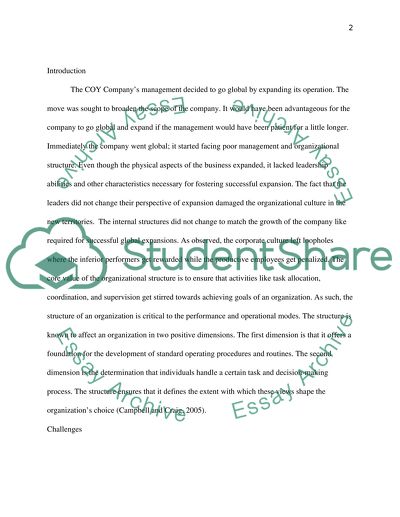Cite this document
(“Organisational Design Problem Coursework Example | Topics and Well Written Essays - 2000 words”, n.d.)
Organisational Design Problem Coursework Example | Topics and Well Written Essays - 2000 words. Retrieved from https://studentshare.org/human-resources/1697456-organisational-design-problem
Organisational Design Problem Coursework Example | Topics and Well Written Essays - 2000 words. Retrieved from https://studentshare.org/human-resources/1697456-organisational-design-problem
(Organisational Design Problem Coursework Example | Topics and Well Written Essays - 2000 Words)
Organisational Design Problem Coursework Example | Topics and Well Written Essays - 2000 Words. https://studentshare.org/human-resources/1697456-organisational-design-problem.
Organisational Design Problem Coursework Example | Topics and Well Written Essays - 2000 Words. https://studentshare.org/human-resources/1697456-organisational-design-problem.
“Organisational Design Problem Coursework Example | Topics and Well Written Essays - 2000 Words”, n.d. https://studentshare.org/human-resources/1697456-organisational-design-problem.


